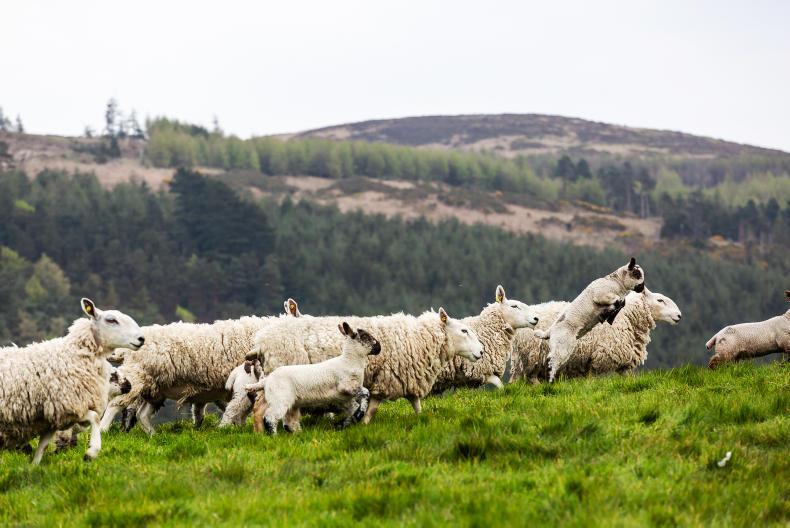Nematodirus forecast
The Department of Agriculture, Food and the Marine this week released its forecast from the Nematodirus Advisory Group.
It advises the maximum larval hatching period is expected to peak in the last week of March along the southwest coast and west of Ireland while for the rest of the country, peak larval hatching is predicted to take place in the first two weeks of April.
Lambs will generally start to show clinical signs of infection two to three weeks after these peak hatching dates.
When lambs ingest nematodirus larvae, infection is characterised by profuse diarrhoea, dehydration and weight loss. The forecast highlights that in the case of an outbreak, lambs can often be seen congregating around water troughs due to a severe thirst that develops, with ewes unaffected and continuing to graze as normal.
Multiple suckling lambs aged six weeks upwards and lambs suckling ewes with a poor milk yield and consuming higher volumes of grass at a younger age are most at risk, as are flocks operated at a high stocking rate due to a higher grazing intensity and lower opportunity of having clean grazing available.
Lambs in the south and west coast are advised to receive treatment by the second week of April while lambs in the rest of the country are advised to receive treatment during the third week of April. The treatment recommended is a white drench or benzimidazoles.
There is no treatment with a residual activity meaning lambs can become re-infected with repeat treatment possibly required two weeks later, particularly where there is a range in the age of lambs.
The report advises that faecal egg counts are not a reliable guide for the need to treat lambs.
It also advises that any lambs that die expectantly should be presented for post-mortem examination as the disease can cause death before characteristic symptoms occur.
It is also advised not to confuse the disease with coccidiosis, which has similar, symptoms with veterinary advice sought if needed.
Drafting lambs
Factory agents report spring lambs generally killing out well, with many coming close to or exceeding the 20-20.5kg paid carcase weight limit in place. It is not surprising that lambs are killing better than recent years given weather conditions have been kinder and grass supplies have typically been good. Young lambs which have been creep fed will achieve a kill-out of 48-50% with well-conformed lambs at the higher end of the range. Aged lambs which have received less creep feed will typically return a 1-2% lower kill-out with rams killing 1% lower than ewe lambs. This should be taken into account when drafting and influence a decision on whether the factory, mart or butcher/wholesale market is the best outlet.
Orf vaccine
There have been supply issues with the orf vaccine Scabivax Forte, which manufacturers say should be resolved by the end of the month. As orf is a virus there is no prescribed veterinary treatment.
Some farmers will try administering tablets or homeopathic treatments while where lesions are significant it is useful to administer antibiotic treatment to prevent secondary infections from occurring.
Lambs should be segregated and lambs with difficulty suckling may need to be brought indoors or receive artificial feeding until the virus runs its course.






 This is a subscriber-only article
This is a subscriber-only article










SHARING OPTIONS: